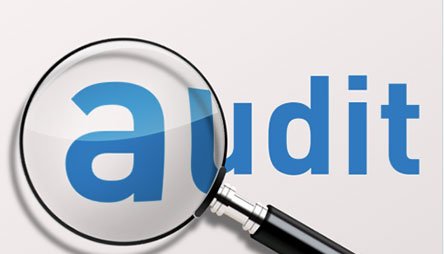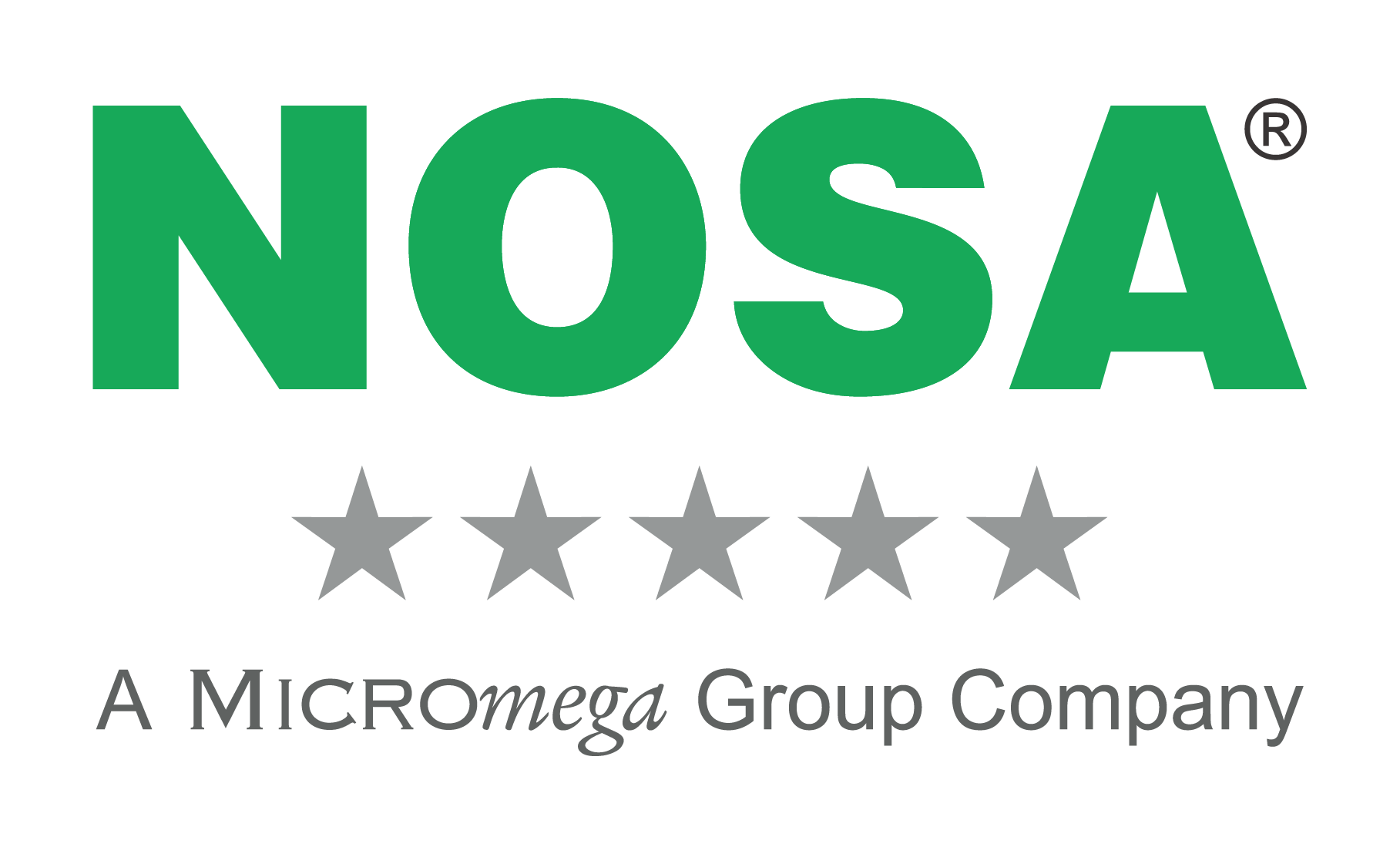Nobody at your facility has been hurt in more than a year. Weekly inspection forms are returned with no non-compliances. Are the facility’s safety plans really working that well or is it just luck? Conducting a safety audit is one of the proven ways to answer that question.

Even if you think your building is at low risk, a regular health and safety audit, carried out by a competent person, will help you decrease the risk of accidents in the workplace. Rather than wait for a surprise visit from the Department of Labour, be prepared, know your risks, ensure you have your legal obligations covered, and use the following checklist to see if you’re due for a health and safety audit.
General workplace conditions: Do you answer ‘no’ to any of the following questions?
- I and my team have identified ALL hazards that may cause harm, injury or ill health to someone in our workplace
- We are conducting hazard identification regularly, especially every time there has been a change in the workplace
- We have documented ALL hazards in the workplace
- We have assessed the risk level of ALL the hazards
- We have documented our risk assessment
- We have taken action to eliminate or minimise any hazard or risk, and documented these
| If you answered no to any of the above questions, or can’t confidently answer ‘yes’ to all of them, it is not guaranteed that you are meeting your minimum safety requirements and may require an audit. |
Chemical safety: Do you answer ‘no’ to any of the following questions?
- I have an up-to-date list of all hazardous substances we use and store
- I have a material safety data sheet (MSDS) that is available to all employees
- All hazardous products are in their original containers with the manufacturers’ labels intact
- All decanted containers are labelled with their names, risk and safety phrases
- All our employees have received training and information on the safe use, handling, transport and storage of all hazardous substances
- We use all our hazardous substances safely
| If you answered no to any of the above questions, or can’t confidently answer ‘yes’ to all of them, it is not guaranteed that you are meeting your minimum safety requirements and may require an audit. |
Emergency procedures: Do you answer ‘no’ to any of the following questions?
- We have written plans of what to do in an emergency
- All our workers are trained in what to do in an emergency
- Appropriate fire extinguishers are located in all the right places in the workplace
| If you answered no to any of the above questions, or can’t confidently answer ‘yes’ to all of them, it is not guaranteed that you are meeting your minimum safety requirements and may require an audit. |
Workplace facilities: Do you answer ‘no’ to any of the following questions?
- Our first aid facilities are available to all our staff
- We have a designated employee who has been trained in first aid
- We have provided workers with access to clean drinking water, suitable toilets and suitable hand washing facilities
| If you answered no to any of the above questions, or can’t confidently answer ‘yes’ to all of them, it is not guaranteed that you are meeting your minimum safety requirements and may require an audit. |
Consultation: Do you answer ‘no’ to any of the following questions?
- We consult with our workers on issues that may affect their safety and health
- We have established processes for workers to raise safety and health issues
- When we use contractors to provide a service on our behalf, we discuss safety and health issues prior to them starting work
- We provide evidence of such a discussion or consultation being done. We do this either through a documented risk assessment or job safety analysis
| If you answered no to any of the above questions, or can’t confidently answer ‘yes’ to all of them, it is not guaranteed that you are meeting your minimum safety requirements and may require an audit. |
Training and information: Do you answer ‘no’ to any of the following questions?
- All our employees have received adequate induction training
- Workers who perform specific duties have had training specific to their duties (i.e. forklift, manual handling)
- All workers receive training when we introduce something new in the workplace, or make changes to existing processes/equipment/roles and responsibilities
- Workers hold current high-risk work licences and training certificates required under legislation (e.g. white card, forklift, and dogging licence)
- We keep all workers up to date on safety and health issues and discussion
| If you answered no to any of the above questions, or can’t confidently answer ‘yes’ to all of them, it is not guaranteed that you are meeting your minimum safety requirements and may require an audit. |
Here’s how the NOSA Five Star audit can help
Did you know that you can be based pretty much anywhere in the world, working in a range of industries, and we’ll be there to assist you with any auditing you may require? At present, NOSA conducts audits on four continents, to all sectors of industry.
What does the NOSA Five Star System cover?
The Specification details what is critical for your SHEQ management system to be effective and efficient. By implementing and maintaining the NOSA Five Star System Standard, you’ll enable your organisation to manage its risks and improve both your sustainability and business performance.
Five principles on which the System is based
The System is based on the principles of:
- continual improvement
- commitment and policy
- planning
- implementation and operational control
- monitoring and system review.
To help your company develop, implement, evaluate, adapt and maintain an effective, efficient occupational health, safety and environmental management system, NOSA has developed the following audit guidelines as a framework within which you can achieve this.
Audit guidelines
NOSA Five Star System Standard: Health and safety
The NOSA Five Star System Standard is implemented by thousands of organisations across the world, providing a rock-solid framework for managing OHS. Various companies choose not to integrate environmental standards into their management systems, and this audit outcome is suited to this purpose. NOSA recognises the need, especially if you’re a small or medium enterprise, to manage your health and safety risks with the challenge of not possessing the resources to implement a fully-integrated safety, health and environmental risk management programme (or you wish to implement an entirely separate programme to address environmental issues).
NOSA Five Star System Standard: Safety, health and environment
These guidelines provide for the management of safety, health and environment in an integrated manner, based on the risk profile of your particular site, with an emphasis on effectiveness at an operational level.
6 standard audit guidelines: The NOSA Integrated Five Star System
- Encompasses safety, health and environmental risk management
- Is risk-based
- Ensures legal compliance
- Provides an outcomes-based system for benchmarking HSE performance and experience
- Is a management system
- Implementation will benefit any organisation committed to minimising HSE risks. You can utilise it to manage the issues required for short-term business success, as well as medium-term issues of corporate governance and sustainability, such as occupational safety, employee health and morale, and the state of the natural environment.
As a client, how am I graded?
You’ll be graded at least once a year to determine the status of your safety, health and environmental performance and experience. The results of this audit are then displayed as star ratings. Overall, your audit results will indicate possible performance weaknesses in the areas of:
- risk assessment
- human behaviour control
- visible leadership
- continuous improvement, and
- safety, health and environmental standards integration.
NOSA’s Integrated Five Star System Standard Audit Guidelines are divided into five main sections:
- Premises and housekeeping
- Mechanical, electrical and personal safeguarding
- Management of fire and other emergency risks
- Incident recording and investigation
- Organisational management
We evaluate each applicable element during an audit, with criteria and percentage points for safety, health and environment (respectively) as follows:
| CRITERIA | POINTS | |
|
10 | |
|
20 | |
|
30 | |
|
40 | |
| TOTAL | 100 |
Sources:
https://www.nosa.co.za/auditing/five-star-audits/
http://www.bradley-mason.com/health-and-safety-audits-what-you-need-to-know/
https://www.newpig.com/expertadvice/5-steps-to-a-successful-safety-audit/





